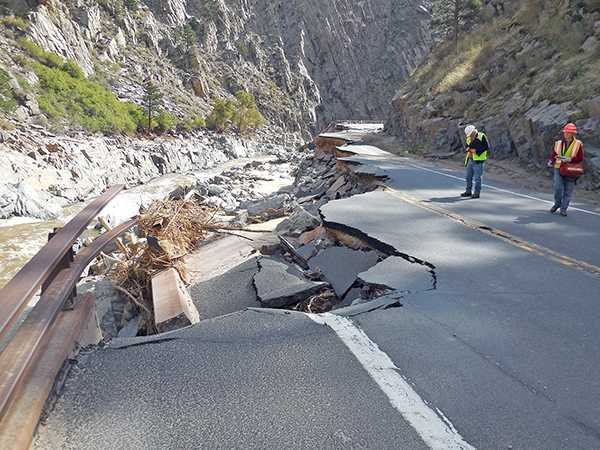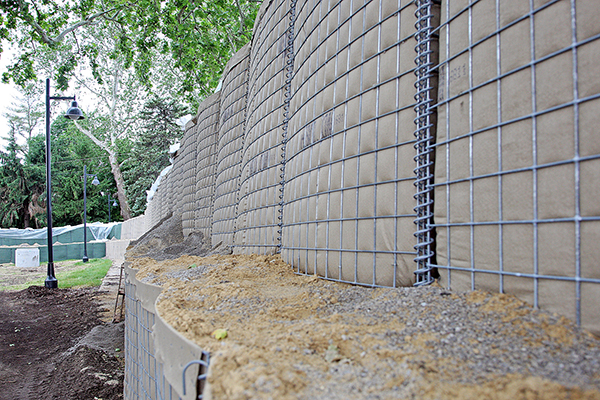Is There Any Way to Protect Communities from Flooding? Yes!
 Recent catastrophic flooding in Texas serves as a reminder of the mighty force water can be and the destruction it can cause. So how can communities protect their residents and valuable infrastructure from a flood’s destruction? How do you predict what is in harm’s way? What safeguards can be put into place to lessen flood damage? There’s no doubt the Texas floods renew thoughts about where buildings should (and shouldn’t) be built and what controls are in place to minimize destruction.
Recent catastrophic flooding in Texas serves as a reminder of the mighty force water can be and the destruction it can cause. So how can communities protect their residents and valuable infrastructure from a flood’s destruction? How do you predict what is in harm’s way? What safeguards can be put into place to lessen flood damage? There’s no doubt the Texas floods renew thoughts about where buildings should (and shouldn’t) be built and what controls are in place to minimize destruction.
Ayres water resources engineers have firsthand experience helping communities keep their roads, bridges, and structures out of harm’s way. While you can’t predict when a flood will occur and to what degree, you can use engineering to lessen the damage. For example, after a major 2008 flood that damaged much of the University of Iowa campus, Ayres worked with the University to develop a number of flood mitigation alternatives, including elevating the existing sidewalks along the river, adding “seat walls” next to the sidewalks, and using an invisible flood wall system that can be assembled at the time of a flood (the flood walls are pictured below).
 In the aftermath of major flooding in Colorado in September 2013, engineers at Ayres are working with the Colorado Department of Transportation to target areas of the US 34 corridor in northern Colorado that need higher levels of flood protection, with the aim of lessening destruction if (or when) another flood occurs. This includes looking at where the roadway was damaged in 2013 (as pictured at the top of this post) compared to where there was damage in similar flooding in 1976, as well as using 2-dimensional model results to determine reaches where the roadway should be better protected. Ayres engineers are building and running 2-dimensional hydraulic models for nearly the entire project reach over 20 miles of roadway.
In the aftermath of major flooding in Colorado in September 2013, engineers at Ayres are working with the Colorado Department of Transportation to target areas of the US 34 corridor in northern Colorado that need higher levels of flood protection, with the aim of lessening destruction if (or when) another flood occurs. This includes looking at where the roadway was damaged in 2013 (as pictured at the top of this post) compared to where there was damage in similar flooding in 1976, as well as using 2-dimensional model results to determine reaches where the roadway should be better protected. Ayres engineers are building and running 2-dimensional hydraulic models for nearly the entire project reach over 20 miles of roadway.
Anthony Alvarado, a water resources engineer in our Fort Collins, Colorado, office, stresses that when it comes to development, encroaching on floodplains is risky business. He says that when floods happen, we are reminded why we have floodplain regulations. We’re slowly learning as an industry that in the long run, it’s best to provide room for the river where you can, as opposed to infringing on the floodplain with development or levees. Allowing rivers a reasonable riparian corridor is typically best for all. In fact, the federal government currently is reviewing guidelines that would change the rules for the regulation of floodplains to incorporate stricter standards and take into account the impact of climate change. This article explains why the new proposed flood standards are a good idea.
All this prevention aside, what if you’re faced with a flood? What you can do if a flood is threatening your property? The California Department of Natural Resources details how to deal with floods in this video.
Interested in talking more about flood prevention and mitigation? Contact Anthony or John Hunt.

Post a comment: